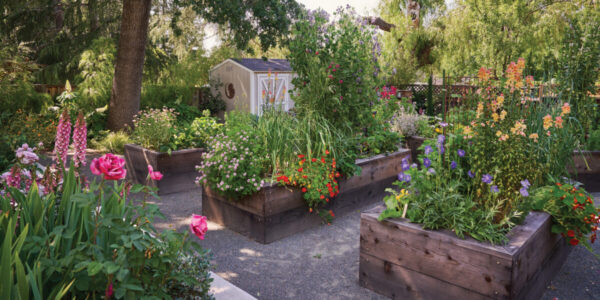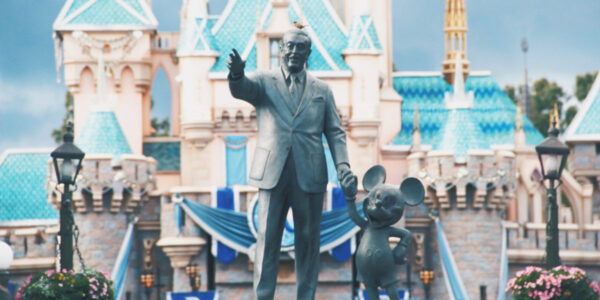
Gothic grandeur
One evening in 1942, a University of Washington studentnamed Gordon Hirabayashi packed up his books and left the SuzzalloLibrary reading room so he could meet the 8 p.m. wartime curfew forAmericans of Japanese descent. But somewhere between the libraryand his dorm, his sense of injustice boiled over and he turnedaround, returning to the library to study alongside his Caucasiancolleagues. His resistance and, later, his failure to comply withinternment evacuation orders led to a 90-day prison term. (Theconviction finally was overturned in 1987.)
Betsy Wilson, director of UW’s University Libraries, likes totell Hirabayashi’s story to visitors entering the reading room.It’s no stretch to believe that the structure’s historic gravityand architectural impact were inspirational to Hirabayashi and manyothers. “It has this wonderful, uplifting power,” Wilson says. “Itpulls you outside of yourself.”
The library, which opened in 1927, was designed by Carl F.Gould, then one of Seattle’s most accomplished architects. Thethird-floor reading room is a cathedral of learning, a soaringsanctuary 250 feet long, 52 feet wide, and 65 feet high. Immenseleaded-glass windows on the west wall welcome the afternoon sun anddiffuse it into buttery reading light. Reopened last Septemberafter a two-year project to quake-proof the building and restorethe reading room to its original appearance, it’s one of severalattractions that make the campus an inspirational day trip. Hereare some others.
The Burke Museum of Natural History and Culture hasNorthwest-oriented exhibits on civilizations, geology, andarchaeology – most strikingly a collection of replica and actualdinosaur skeletons.
Henry Art Gallery unabashedly trumpets its reputation for”controversial, challenging, and thought-provoking” exhibitions ofcontemporary art. The gallery cafe serves light lunch fare.
A nice antidote to the Henry’s sometimes troubling exhibits, theLiberal Arts Quadrangle has 30 Yoshino cherry trees, planted in1964, that burst into glorious bloom around the first of April. Thefairyland blossoms are a nice counterpoint to the gargoyles andspidery Gothic detailing of the buildings framing the quad. For aweek or two each year, there is no more sympathetic embrace betweennature and architecture anywhere in Seattle.
GETTING THERE
WHERE: From I-5 take the N.E. 45th Street exit and driveeast to campus. Visitor parking is $8 a day except after noon onSaturdays and all day on Sundays, when it is free.
FYI: Suzzallo Library (free) and Burke Museum ($6.50) areopen daily; call for hours. Henry Art Gallery ($6) is closedMon.
CONTACT: www.washington.edu/home/mapsfor a campus map. Burke Museum, www.burkemuseum.orgor (206) 543-5590. Henry Art Gallery, www.henryart.org or (206)543-2280. Suzzallo Library, www.lib.washington.edu/suzzalloor (206) 543-0242.
